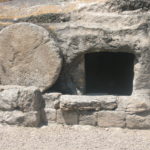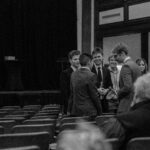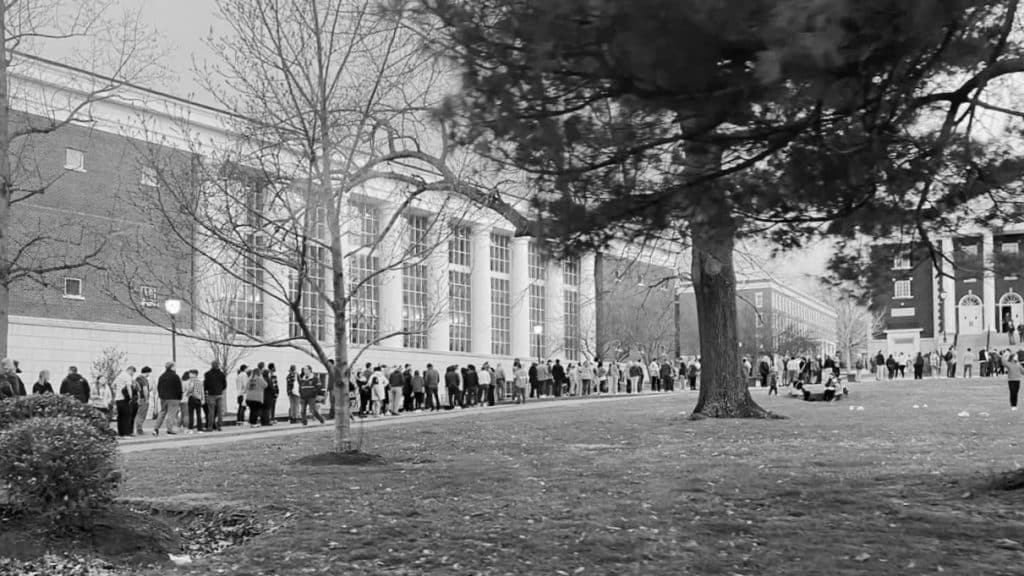By Rachel Terry, Opinion Editor
Recently the volume of Asbury University’s chapel music was called into question by a well-meaning professor, Martin Seitz. Seitz expressed concern for the well-being of both the faculty and students under constant exposure to that level of sound.
“I don’t want to be a part of supporting in any way a style of music that is damaging performers and the audience,” Seitz said. “How many students are suffering not because of the genre of music but because of the volume?”
Questions regarding the safety of Asbury’s students and faculty, the science behind decibels and volume levels and the education of the worship arts department have been flying every which way as students and administration alike have been trying to determine the validity of this potential danger.
[perfectpullquote align=”right” cite=”” link=”” color=”” class=”” size=””]“It’s upsetting to a lot of students that the decibel limit was changed without much research or information gathered, because it affects all of campus, especially the worship arts students.”[/perfectpullquote]
In the past, according to senior Levi Simonton, chapel bands had been playing at an average level of 93 decibels (dB), a level comparable to those in area churches. According to the Occupational Safety and Health Administration (OSHA), an average decibel level of 90 is safe as long as its duration does not last more than eight hours. Even a 100-decibel level is safe for a two-hour time period.
Worship in chapel rarely lasts for more than 15 minutes, with the exception of an all-worship chapel once per year. This is nowhere near long enough to cause permanent hearing damage (OSHA).
According to the University of Wisconsin Madison’s Trace Research Center, because decibels are used to measure sound perception, an increase in 10dB creates a sound twice as loud. For example, increasing chapel music from its original threshold of 93dB to 103dB would result in music twice as loud.
After receiving an email from Seitz expressing his concerns, President Sandra Gray issued a mandate to Andrew Miller, help desk and learning resources operations manager, and Jon Roller, worship arts program coordinator and assistant professor of worship arts, setting a limit of 85dB during chapel services.
Unfortunately, this decrease in 8dB is almost the equivalent of cutting the chapel music volume in half.
Additionally, according to senior worship arts major Stacey Ballinger, chapel is by far the largest opportunity that students studying worship arts have to practice and perfect their craft. By not allowing students to play at what is widely considered a normal sound level, the university could be hindering their education.
Simonton, a worship arts major, audio production major and drummer, has been hit especially hard by the mandate.
“I’m a drummer, so I get hit the hardest with that,” Simonton said. “I have to pretty much not play at all, so that’s there room for people to hear the words and any of the main instruments.”
According to Simonton, 85 dB is just too restricting to create an environment in which the music is both expressive and able to serve in tandem with the lyrics as a reminder of what God is like.
“Within 85 dB there is not a lot of room to create dynamics, and songs are all about the dynamics,” Simonton said. “[Without dynamics] it would be like writing a paragraph with an elementary schooler’s vocabulary.”
According to Seitz, the opinions of those involved in the worship arts department regarding the mandate are not relevant. He fears they have already been exposed to levels of sound that have damaged the hearing of Asbury’s worship leaders and caused them to play louder in order to hear their own music.
In reality, those leading worship up on stage are exposed to less noise than those in the audience. Most musicians wear in-ear monitors to adjust what they are hearing.
“It’s upsetting to a lot of students that the decibel limit was changed without much research or information gathered,” said Ballinger, “because it affects all of campus, especially the worship arts students.”








